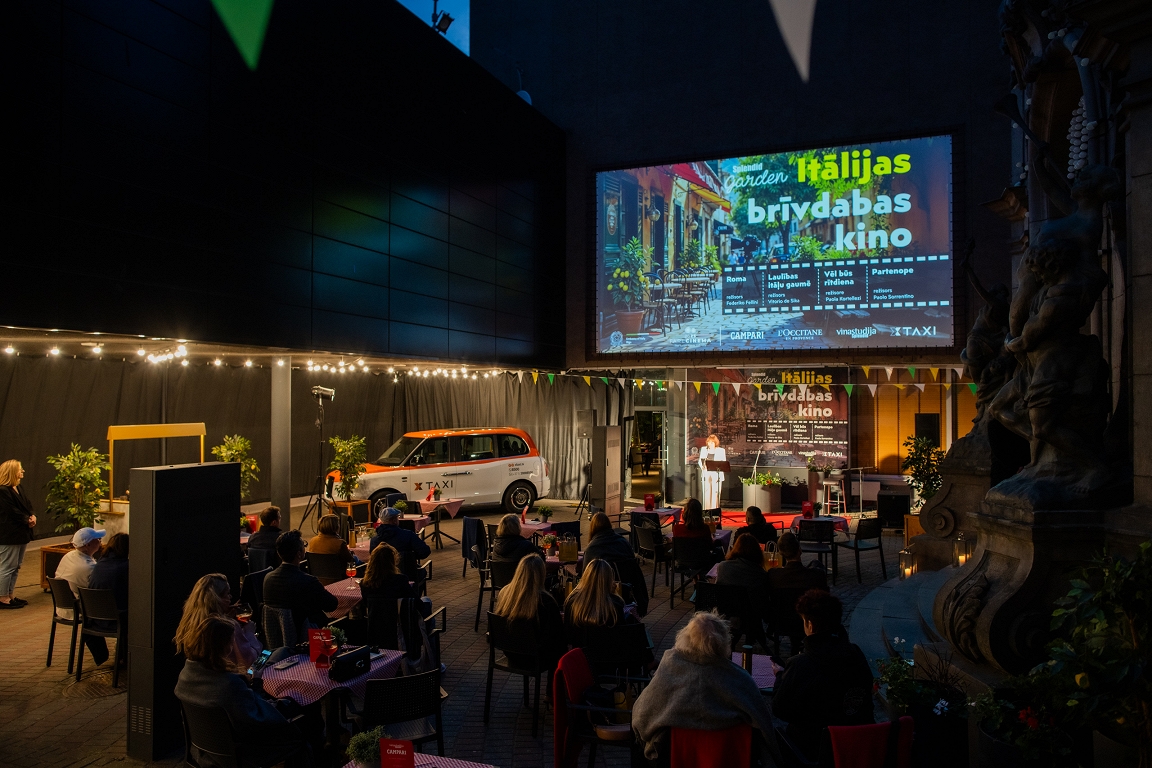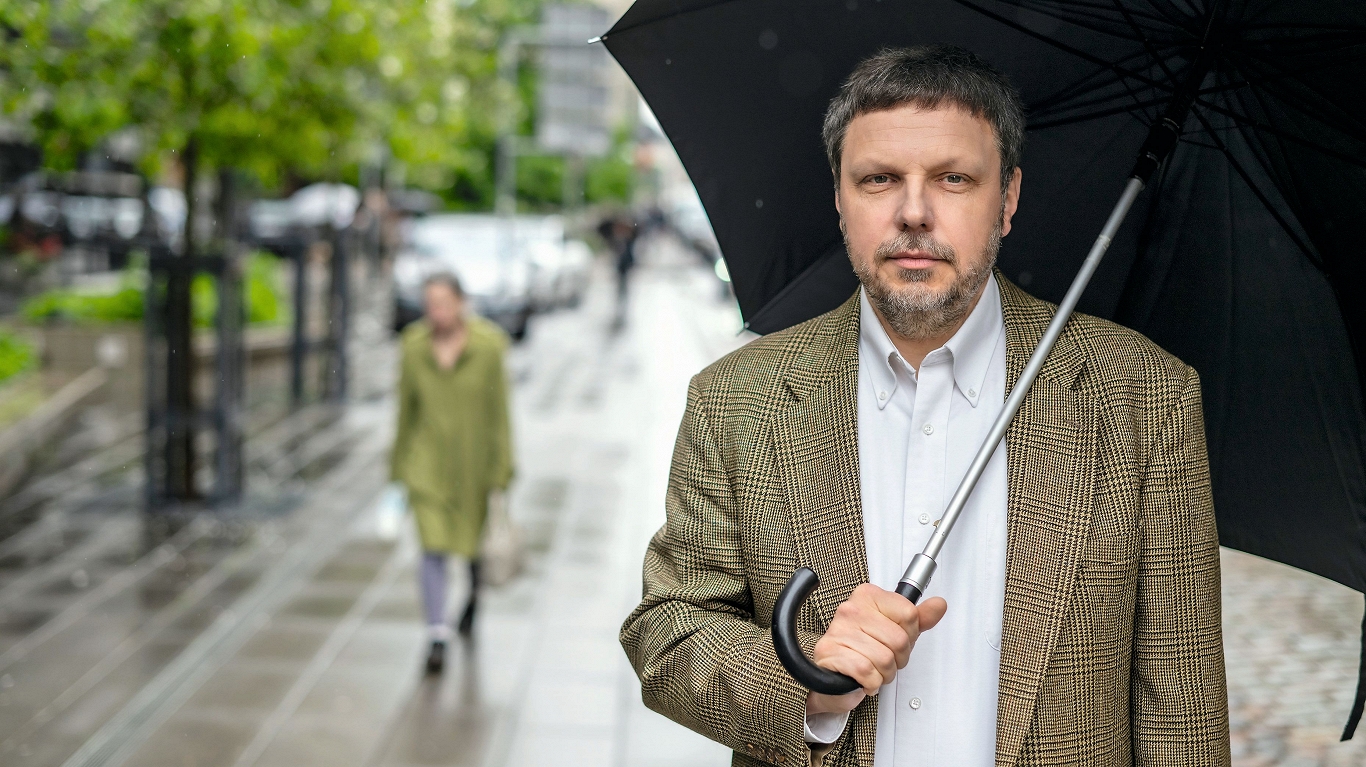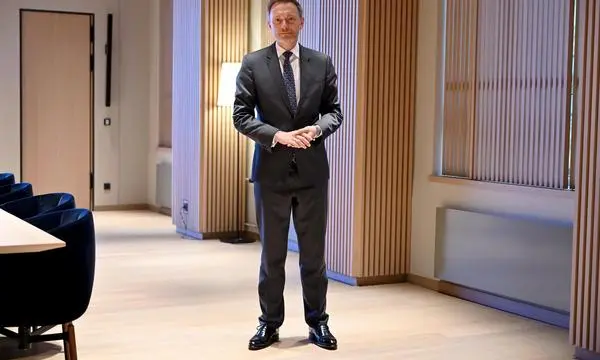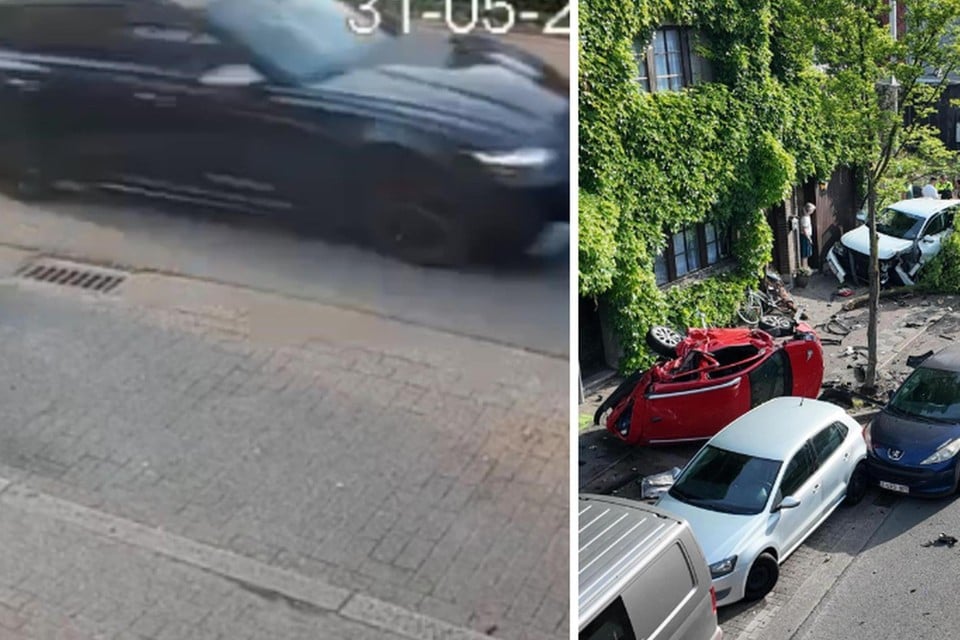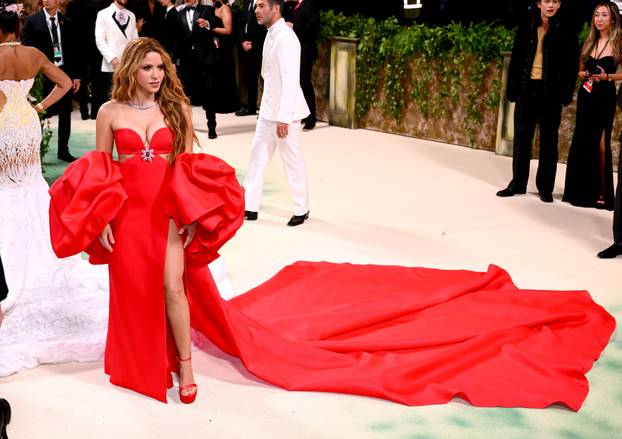Large -scale questions. Many Latvian artists / day represented in the Museum of Zimmerli in the Museum

Zimmerli The name of the Museum of Art in Latvia is well known because it holds a voluminous collection of Latvian art, which is part of the 22,000 units of Soviet non -conformism art collection – the largest collection of art of this period and territory outside the former USSR. American economist Norton Dodge (1927-2011) began to create his collection in the 1950s and focused on art that did not match the Soviet canon. In 1991, Nancy and Norton donated this collection to the Zimmerl Museum in New Bransvik in New Jersey. The museum works in close collaboration with Ratgers University, which is prominent in research and scientific publications. Part of the permanent exhibition of the museum is devoted to the art of Soviet non -conformism, and the presence of the Baltics is well noticeable. League Purmale’s work with a landscape glare in the eyeball of the horse (Glare, 1975) and a close -up of a bunch of currants (Garden1975), Miervalza Pola Street Parade Academy with Musicians (Brass band, 1974) is in the museum’s permanent exhibition. It has not been changed for a long time, and curator Jane Sharp, the art researcher of Soviet non -conformism, has now achieved the work of more women’s artists.
132 words
Jane Sharp is a professor at the Department of Art History of Ratgers University. The Zimmerl Museum is a place where she teaches students and enables them to participate in exhibitions. Jane Sharpa’s exhibition was opened in November last year Painting on a scale/Painting to scalewhich will be on display until September 14. The concept of curator challenges the generally accepted narrative on the art of non -conformism. Usually, Western researchers come to stories that unofficial artists could not exhibit and were censored, their works were poverty and kitchenette, so they often have small size and are made of simple materials. However, working with the museum’s collection, the curator sees that many works are significant in size, and their serial nature suggests that they were intended as exhibition works. This time the curator has chosen to exhibit these large -scale works.
Jane Sharp raises the question – what is what defines the art of non -conformism. A similar question came from me when I had the opportunity to get to know the names of 132 Latvian artists who were included in the list of Latvian non -conformists in the collection of Nancy and Norton Dodzi. The absolute majority of them has been participating in exhibitions since their years of study and successfully developing their careers. They can be seen that their non -conformism is defined by the fact that they have not created the works of socialist realism. However, in the eighties, the rare wanted to create something like socialism. Even at that time, the still censorship could not force to do so. The only motivation for conformism was the money, which led to many of the thematic orders of the Ministry of Culture.
I was invited to participate in a discussion organized by Ratgers University Reflect on dissidentism in the USSR. Practices and opportunities in art. What are the parameters by which an artist is named nonkonformist? We are well aware that in Latvia, Anderground was not particularly pronounced as a movement, and dissidentism sometimes appeared in performative activities that challenged the prescribed Soviet life order. The concept of non -conformism is quite complicated in cases where artists were in the position between non -conformism and conformism. In their works, they could be moderate modernists or postmodernists, but at the same time represent power in art institutions. How to handle the modern art of these authors and the tasks they perform at the same time had to be fulfilled in their positions in the name of Soviet power? True, there were also those who tried to do the best possible with their position. However, there is no doubt that the Mesli had to pay and had to work together. These issues are employed by me, as I am currently preparing the exhibition of Ojars Abol (1922-1983) planned at the Latvian National Museum of Art next year. His works are also in the non -conformism art collection.
Where is the limit?
Zimmerli museum This issue raises these issues in the context of Putin’s dictatorship, when art and culture, as well as all other areas in Russia are subjected to censorship and control. How to work in conditions where it is impossible to express their political views freely? The curator raises the question: Can you compare late Soviet times in art and Putin’s era? Is the art in Russia to go underground again, and has it been there since 2000 there is a culture of non -conformism? Where is the limit between conformism and non -conformism? The discussion was also attended by a representative of Moscow conceptualism, and has long been an expatriator Irina Nahova. She is the first woman to represent Russia at the Venice Art Biennale. It happened in 2015 – the following year after the Crimean occupation. How to rate it? Did she become a conformist in the aggressor in Venice? Ukrainian activists occupied at least a day at least a day by the Russian pavilion in Venice.
I allowed me to point out that today, when there is a war and people die, artists also have to choose which side to be, it is impossible to stay in the middle. In the discussion, Irina Nahova said that Russian art has now become decorative and that artists are avoiding political topics, but dissident works appear in small galleries behind closed doors. Mark Lipoveckis, who is a professor of Slavic language at the University of Columbia, told about Samiz Back then and now and quoted the poetry of dissidents (also ranked rows of Putin).
The return of jokes
In the exhibition On a scale painting The sixty of the 1970s and 80s are exhibited. works of Belarusian, Georgian, Estonian, Kazakh, Russian and Latvian artists grouped in three sections. They are devoted to self -presentation of personality, the presence of nature in the urban environment and the coded expression in geometric and abstract forms. The conceptual setting is to challenge narratives that define non -conformism – ask many questions, but the answers are still blurry and uncertain. Jane Sharp uses the designation « Unofficial artists », but in Baltic art, such a designation is quite controversial. Can we call Maya Tobacco an informal or underground artist?
Maija tobacco. Joking. Canvas, oil. 1970. The collection of Ratgers University Zimmerli Museum of Art. Nancy and Norton’s Dodge Soviet Non -Conformism Art Collection. Photo – Peter Jacobs
Maija Tabaka’s painting is exhibited in the artist’s self -examination group Joking (too Joker, 1970). This work on the exhibition was restored as it was in very bad condition. Now, Maija Tabaka’s colorism has been revealed not only in color intensity, but also in painting nuances, such as the backdrop behind the back of young stylish musicians, painted gently and sensitive to pink, green and blue reflections that could not be predicted in reproductions. To find out the personalities of the musicians, I use Feisbuck, and the responsiveness of friends and colleagues came instantly. Joking There was a rhythm and blues group playing at school and university parties. For music sciences, their names are no strangers: Brothers Ruben and Alexander Airapetiani, who emigrated to the United States, Martin Saulespuren, Harry Uzan and Valery Kanayev. The painting can be considered non -conformist because it depicts modern Western values that at the time represented an alternative lifestyle and interests in the Soviet daily context. In the mid -1960s, the flourished rock movement was heavily censored, and the parties were some sort of closed events where they could not play what could not have been in official concerts. Rock music represented « harmful Western influences », the stylish characters of the boys embody another, modern life in the painting. But couldn’t Maija Tobacco exhibit this work? In the same year, when the painting was created, it was exhibited at the exhibition of young artists, as well as at the exhibition in Jurmala in 1975 and the artist’s solo exhibition in West Berlin in 1979. Maija Tabaka developed a brilliant career: the USSR has been approved for a year in West Berlin in the German academic exchange program, then the author’s work was chosen for the Venice Art Biennale (1982), and had an exhibition at the Central Artists’ House in Moscow (1984).
The threat of abstraction
Does the definition of non -conformism include the acclaim and positions of official Soviet authorities? If so, this would lead to contradictions with how we assess the operation of the occupation institutions. The generation that entered art in the eighties, Gorbachev’s Glastnostj, could be more radical and afforded in art that in the 70s without a back could not. Two Supergrafics of Kristaps Gelme have been exhibited at the exhibition Judge (1987) and I fall (1987), Andris Brezhe Mower (1984) and three Aija Zariņa 1986 paintings: He and his husband and woman at night. I remember them so bright! These are the exhibitions of Aija Zariņa in the Exhibition Hall of the Artists’ Union in 1986. The review of this exhibition was my first article in the Latvian press, and I got a gust of leadership from my university – the Academy of Arts, called to the department meeting and questioned why I have given such a positive feedback to something as unacceptable as Aija Zarina’s art. Her work was considered a dangerous precedent in Soviet art. However, the authors who worked in abstract art were the most limited opportunities to show their works at the Occupation Exhibitions.
Zimmerli exhibits the serial work of Estonian artist Raul’s tongue A journey in the greens (1979), made up of eight abstract prospects in sequence of paintings connected. He managed to show this work in Estonia for only three days during the symposium of young scientists. Leonhard Lapina, Rhine Tammika and Malla Leis also represent the Estonian art exhibition. The border guards of the 80s could undoubtedly take further and bolder steps, commenting on their time. Several jobs can cause someone – who is so conformistic there? What is non -conformistic in the blossom paintings of Malle Leis? In order to « reflect on dissidentism », you need to look at events that have taken place at a time when non -conformist works were created, at a time when even the form of work could be considered a threat system.
Information: zimmerli.rutgers.edu
Elita Ansone – LNMM Collection and Scientific Research Unit Arsenal Driver (2nd half of the 2nd century – half -XXI century)

